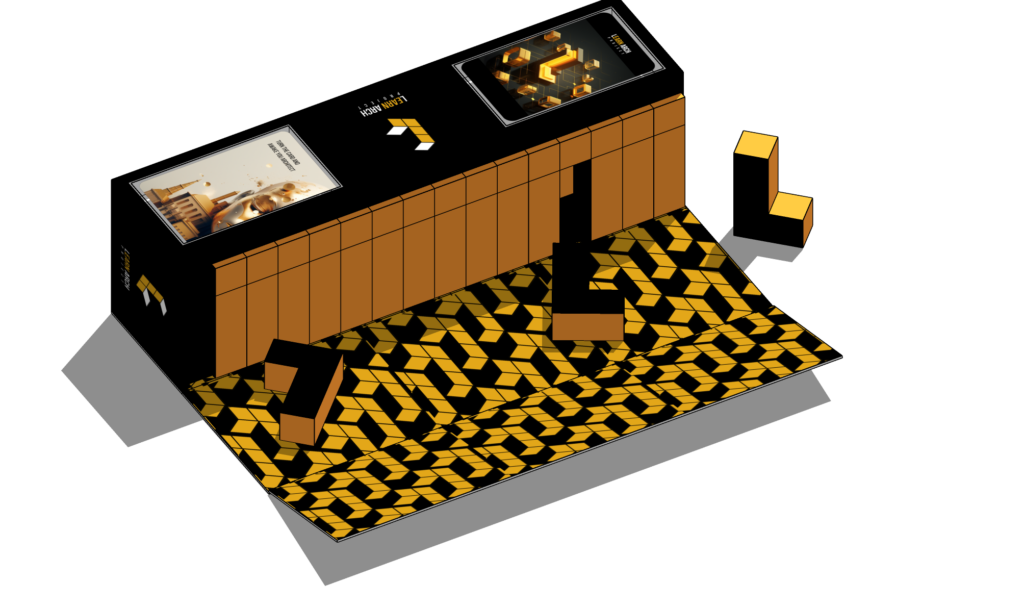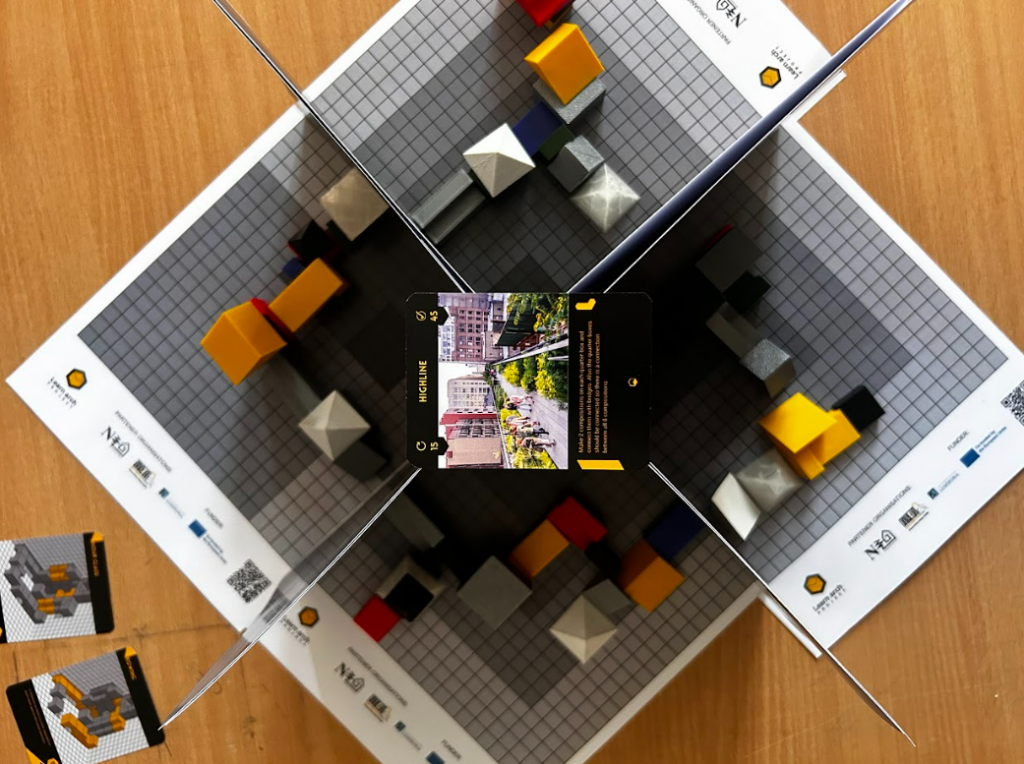With a prototype in hand, alpha testing commenced. This internal testing phase was pivotal for identifying any glaring issues or improvements. Feedback from alpha testing was meticulously analyzed to refine the game’s mechanics, educational content, and user experience. See the video of one of the testing sessions:
Quality enhancements and beta testing
Following alpha testing, the team implemented quality improvements based on the feedback received. These enhancements aimed to polish the game further before it underwent beta testing. Beta testing expanded the feedback loop to a broader audience, often including external players, to gather more diverse insights. Subsequent quality improvements were made, ensuring the game was engaging and educational.
Implementing improvements
The process of implementing improvements and retesting was repeated in cycles. This iterative approach ensured that the game evolved and adapted to feedback, enhancing its educational value and engagement level. The goal was to refine the game until all stakeholders were satisfied with the outcome.
Table top simulator
Light box can also be experienced in a digital set-up. Here are the steps you can take to play it on your device, via the internet:
- Register to the Steam platform
- Get a Table top simulator license
- Search for Light box and add it to you TTS collection
- Create a game and invite your learners to play
Live testing
A crucial step in the game’s development was the live test (LTTA), where the game was introduced in a real-world classroom or educational setting. This testing phase provided invaluable insights into how the game functioned in its intended environment. Based on the feedback from live testing, final improvements were made, ensuring the game was ready for a wider audience. Find out more about it: the Learnarch training activity in Lisbon.
Training activity in Lisbon, Portugal
During 5 days, 18 adult educators tested the board game mechanics, in hands-on a training sessions focused on the utilisation of the board game tool. Participants were divided into groups, engaging in playtesting sessions that were as much about learning as they were about providing feedback. These sessions were in digital and on physical environment, offering insights into the game’s mechanics, usability, and educational value.
Final adjustments
Upon finalizing the game, the next pivotal step involved translating all game materials into the partners’ languages. This strategic move ensured the game’s accessibility and inclusivity, enabling it to reach a global audience and maximize its educational impact.
Video on how to play the game
An illustrative video was created to enhance understanding of the game, providing a clear guide on how to play, simplifying the learning process for all users. Watch below the video: Mastering LearnArch: A step-by-step guide to playing the Light Box Board Game.




